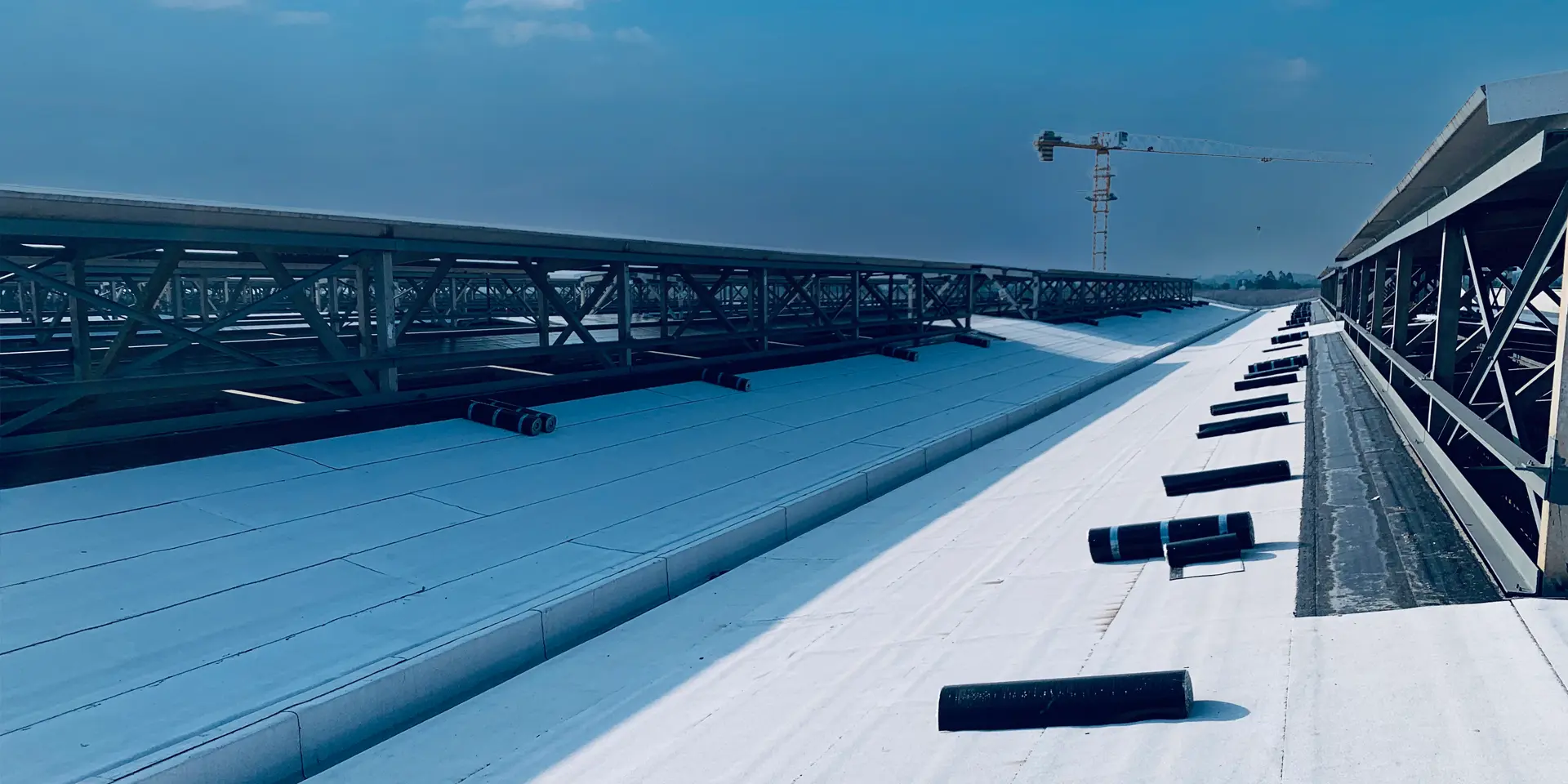
8월 . 25, 2024 08:52 Back to list
Analyzing Loss of Granular Material on Roof Surfaces and Its Impact on Durability
Understanding Roof Granular Loss Causes and Consequences
Roof granular loss is a significant concern for homeowners and commercial property owners alike. It refers to the deterioration of the protective granules on roofing materials, particularly asphalt shingles, which can lead to a host of problems if not addressed promptly. In this article, we will explore the causes of roof granular loss, its implications, and preventive measures to ensure the longevity of your roofing system.
Causes of Roof Granular Loss
Several factors contribute to the loss of granules from roofing materials. One primary cause is weather-related wear and tear. Over time, exposure to harsh weather conditions, such as heavy rain, strong winds, and intense sunlight, can erode the granules, diminishing the roof's protective layer. For instance, ultraviolet (UV) rays from the sun can break down the asphalt, causing the granules to loosen and eventually wash away.
Another common culprit is age. As roofing materials age, they naturally become more brittle and susceptible to deterioration. The lifespan of asphalt shingles generally ranges from 20 to 30 years, after which they may start to exhibit significant granular loss. Additionally, poor installation practices can contribute to early granular loss. If roofing materials are not properly adhered, or if the underlayment is inadequate, the risk of granule loss increases substantially.
Implications of Granular Loss
roof granular loss

The implications of roof granular loss are multifaceted. Firstly, the loss of granules exposes the underlying asphalt to the elements, increasing the risk of water infiltration. This can lead to leaks and water damage within the property, resulting in costly repairs. Furthermore, the absence of granules compromises the roof's ability to reflect UV rays, which can lead to overheating and increased energy costs for cooling the interior of the building.
From an aesthetic standpoint, granular loss can negatively impact the overall appearance of the roof, potentially diminishing curb appeal and property value. For homeowners looking to sell or rent their property, a roof suffering from significant granular loss might deter potential buyers or tenants.
Preventive Measures
To mitigate the risk of roof granular loss, regular roof maintenance is essential. Homeowners should conduct periodic inspections to identify early signs of wear, including granule loss in gutters or around the property. It is advisable to clean gutters and downspouts regularly to ensure proper water drainage and prevent water backup, which can exacerbate granular loss.
Also, investing in high-quality roofing materials can make a significant difference. Opting for shingles with higher granule retention and UV resistance can enhance the durability of the roof. Lastly, hiring a professional roofing contractor for installation and maintenance ensures that the roof is properly equipped to withstand the elements and reduce the risk of granular loss.
In conclusion, understanding roof granular loss is crucial for maintaining the integrity of your roofing system. By recognizing its causes, implications, and preventive measures, property owners can protect their investment and ensure a sturdy, lasting roof.
-
Moonlight White HIREFLE Granules with GPT-4 Turbo
NewsAug.02,2025
-
Premium Round Asphalt Shingles: Durable & Elegant Roofing
NewsAug.01,2025
-
Eco-Friendly Clay Tiles | AI-Enhanced Durability
NewsJul.31,2025
-
Durable Shingle Granules for Premium Roofs
NewsJul.31,2025
-
Stone Coated Metal Roof Tile-Roman Tile for Durable Roofing Solutions
NewsJul.30,2025
-
Stone Coated Metal Roof Tile-Wood Grain Tile for Durable Roofing
NewsJul.30,2025







